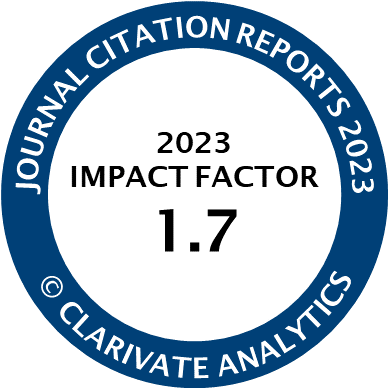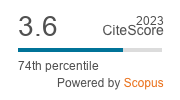Article | Open Access
50 Years of Pride: Queer Spatial Joy as Radical Planning Praxis
| Views: | 1835 | | | Downloads: | 1134 |
Abstract: Planning has historically been used as a tool to regulate queer people in urban space and parades have long been a vibrant, yet overlooked, practice for resisting such municipal regulation—although parades themselves require spatial planning practices. We analyze the 50-year history of the Los Angeles Pride parade through archival materials, asking to what extent and how the historical planning of LA Pride demonstrates a radical planning praxis, especially in relation to policing. We find that LA Pride was initially (a) a ritual of remembrance and (b) a political organizing device. In contrast to heteronormative readings of Pride as an opportunity to “come out” and transform the “straight state,” we argue that the early years of Pride demonstrated intersectional and insurgent planning wherein heterogeneous queer people claimed agency through collectively expressing joy as an act of resistance to municipal governance. Based on theories of Black joy and the feminist killjoy, we conceptualize this experience as a “spatialized queer joy.” This concept is particularly germane given ongoing debates regarding the relationship between queer and BIPOC urban life and policing. We suggest that spatialized queer joy complicates conventional readings of Pride and queer urban space, offering instead powerful tools for radical queer planning praxis.
Keywords: Black joy; policing; Pride parades; queer joy; queer planning; queer space; radical planning; regulation; spatial justice
Published:
© Marisa Turesky, Jonathan Jae-an Crisman. This is an open access article distributed under the terms of the Creative Commons Attribution 4.0 license (http://creativecommons.org/licenses/by/4.0), which permits any use, distribution, and reproduction of the work without further permission provided the original author(s) and source are credited.




